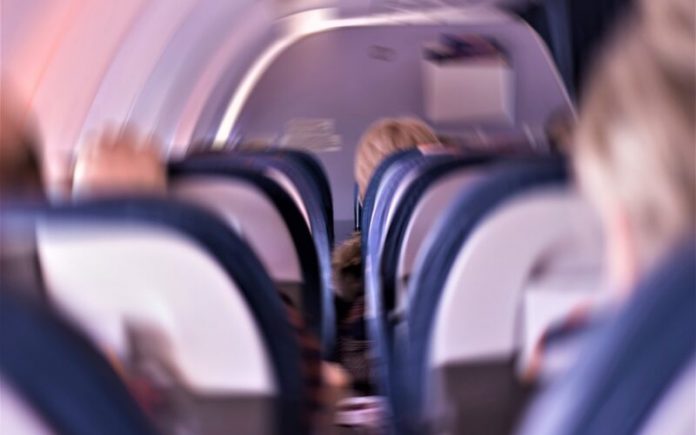Although aircraft are built to withstand all types of turbulence and pilots are fully trained to safely operate a plane during such an event, a bumpy flight can be one of the most uncomfortable – and unnerving – passenger experiences. In some cases, it can even feel like the jet is falling.
Table of Contents
- The phenomenon of turbulence: why can it feel like the plane is falling?
- What causes turbulence?
- How is turbulence measured?
- What were the most turbulent routes of 2022?
- The three most turbulent flight routes of 2022
- Fasten your seatbelt!
As we look back at the past year, AeroTime examines the most turbulent flight routes of 2022 where passengers have experienced that familiar shaky feeling.
The phenomenon of turbulence: why can it feel like the plane is falling?
The main reason why turbulence provokes so much anxiety among passengers is the complexity of the phenomenon. There is no simple way to define turbulence, which causes the plane to shake and even lose altitude, as it is subject to several factors and often unpredictable.
During the flight, the air is constantly generating turbulence as it moves across the atmosphere. The unpleasant shaking occurs when due to various weather irregularities, the airflow, which is passing over and under the aircraft wings, creates low-pressure areas or so-called air pockets.
Due to the somatogravic illusion, which makes the human brain interpret a deceleration as the plane pitching down, when the plane meets with such airflow, it can create the sensation that the jet is falling.
However, the altitude change barely reaches several meters.
What causes turbulence?
Every pilot knows that there are four main ways that turbulence is created: mechanical, thermal, frontal, and wind shear.
Mechanical turbulence
According to the US National Weather Service (NWS), mechanical turbulence occurs when the plane is flying over mountains or other large structures on the ground. In such cases, the aircraft passes through pockets of rising and falling air called eddies.
These eddies are not visible on the plane radars, so it is a challenge for pilots to determine the margins of the turbulence zone in advance and correct the route on the ground.
The stronger the wind speed, the rougher the terrain and the more unstable the air, the greater the turbulence will be.
Thermal turbulence
Thermal turbulence occurs when columns of heated air rise from warmer surfaces of the earth. The small rising parcels of warm air produced by the uneven heating from the earth’s surface generate convective cells. When the plane passes through the area where warm air rises and colder air sinks, these air circulations lead to bumpy flight conditions.
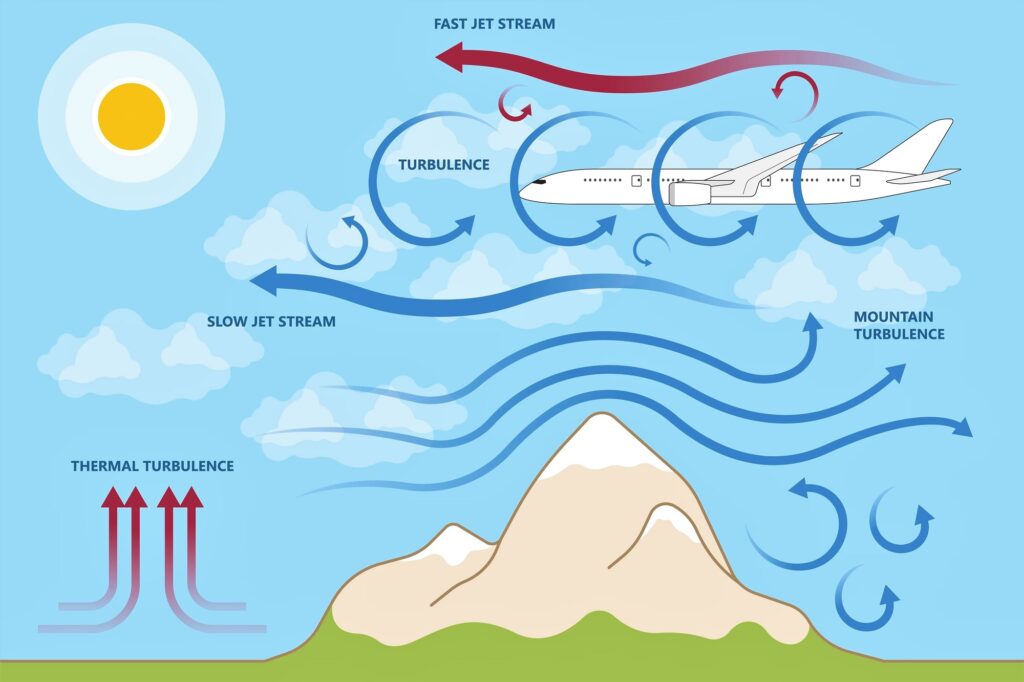
Frontal turbulence
Frontal turbulence is caused by the abrupt wind shift between warm and cold air masses. According to the NWS, fast-moving cold fronts are the most severe in this type of turbulence.
Wind shear
Wind shear occurs in certain atmospheric conditions, when the wind changes its direction or speed over a specific horizontal or vertical distance. According to the NWS, quite severe turbulence can be expected when the change in wind speed and direction is pronounced.
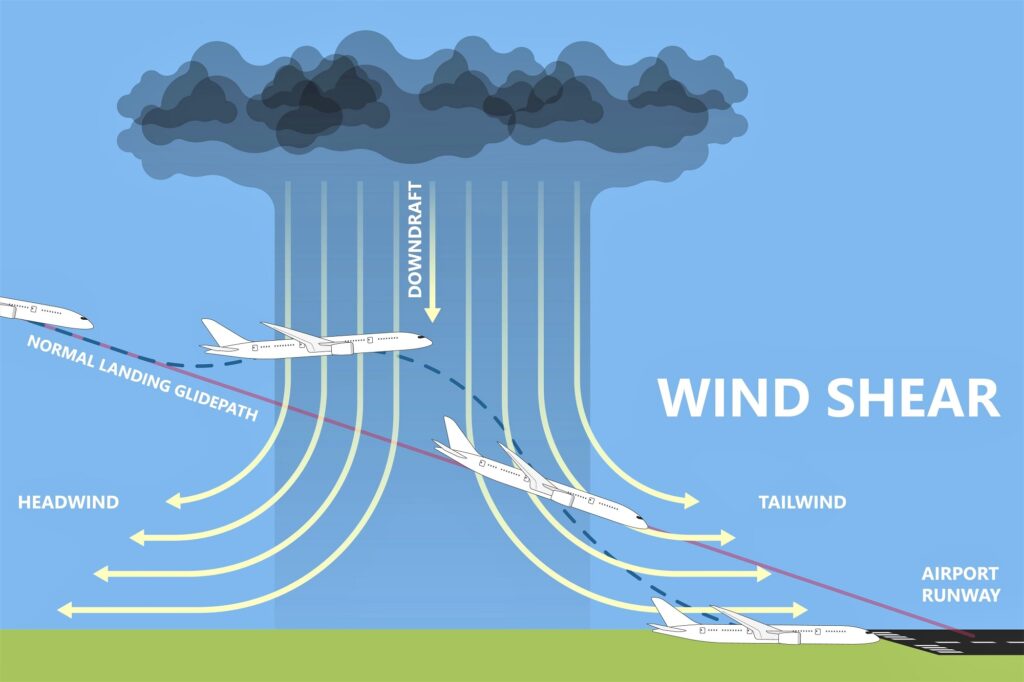
How is turbulence measured?
Depending on the intensity, turbulence can be divided into four types: light, moderate, severe, and extreme.
Light and moderate levels of turbulence usually do not have a significant impact on the flight or passenger well-being. However, in the event of severe or extreme turbulence, the aircraft could experience sudden sharp changes in altitude or even a loss of aircraft controls.
While strong turbulence is rare, it occurs when pilots are unable to redirect the plane from a patch of bad weather and it crosses an area of thunderstorms or thunderclouds.
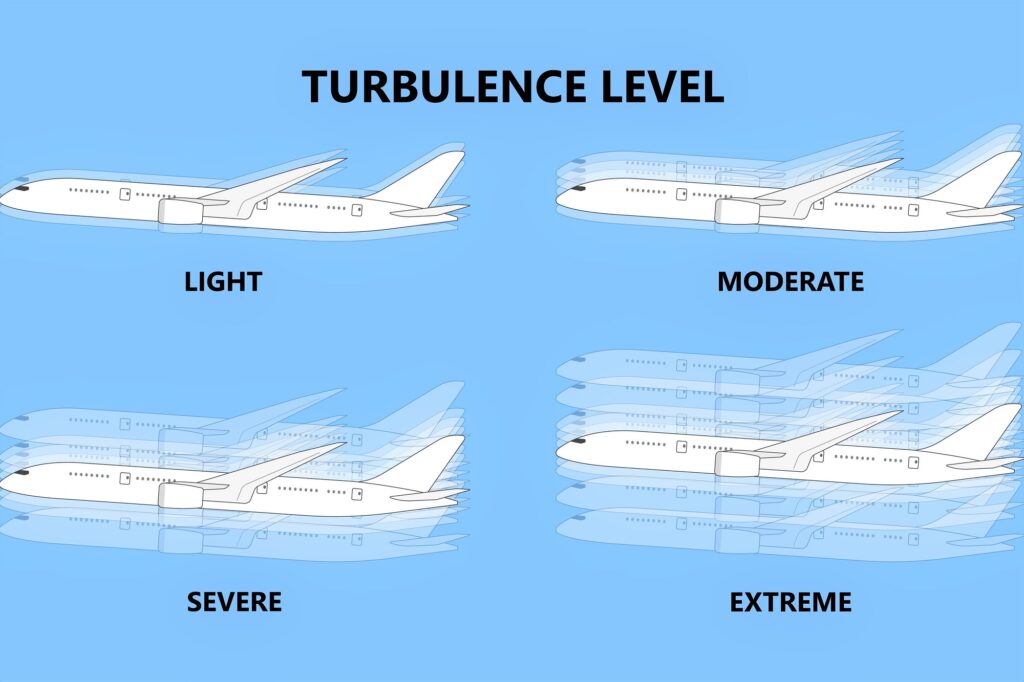
The turbulence of each flight can be calculated over a plane’s trajectory traveling from point A to point B at a constant heading, speed and altitude.
The Eddy Dissipation Rate (EDR) is a common universal measure of turbulence, which is used to describe the intensity of the turbulent state of the atmosphere.
Turbulence levels are considered light when the intensity varies between 0 and 20 EDR or moderate when it stands between 20 and 40 EDR. It is considered severe or even extreme when it reaches up to 80 EDR or up to 100 EDR, respectively.
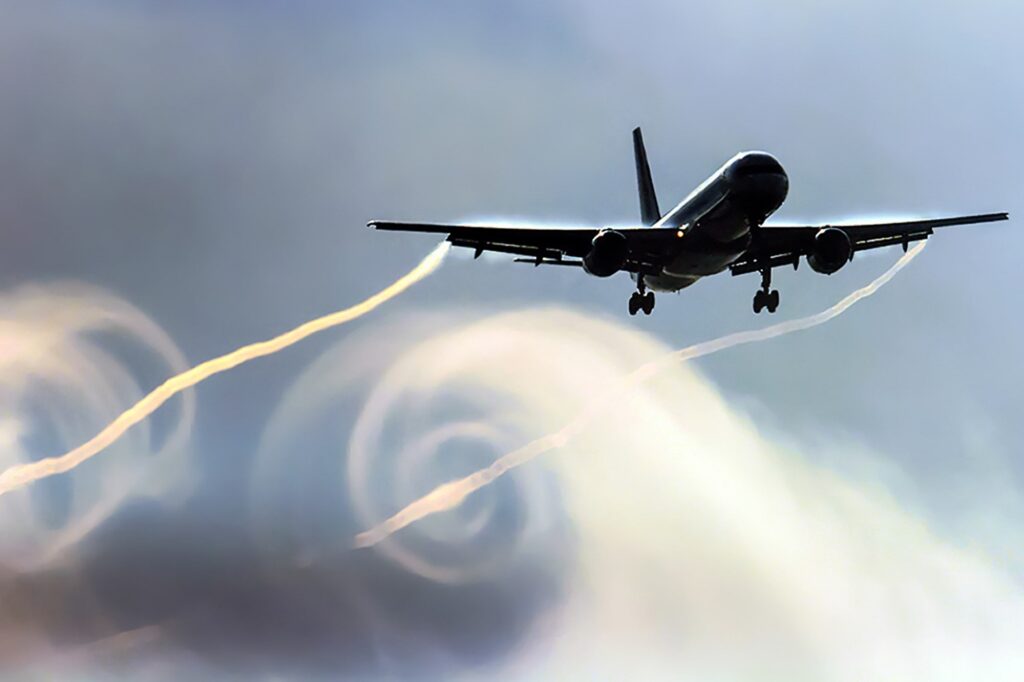
What were the most turbulent routes of 2022?
Since unexpected bumps, drops, shaking, and rumbles mid-flight can be concerning, it might be beneficial for passengers to be aware of which flight routes are most likely to be turbulent.
Having analyzed a total of 150,000 routes worldwide, experts at turbli, an online “turbulence forecast tool for the curious or fearful flyer”, have recently released a list of the most turbulent flight routes in 2022.
According to the ranking domestic route connecting Japanese cities Kagoshima (KOJ) and Tokoname (NGO) is one of the 10 most turbulent flights.
| Position | Route | Distance (km) | Avg. turbulence (EDR) |
| 10. | Kagoshima (KOJ) – Tokoname (NGO) | 660 | 16.26 |
| 9. | Fukuoka (FUK) – Natori (SDJ) | 1,070 | 16.39 |
| 8. | Kagoshima (KOJ) – Osaka (ITM) | 549 | 16.49 |
| 7. | Fukuoka (FUK) – Tokoname (NGO) | 602 | 16.49 |
| 6. | Osaka (KIX) – Fukuoka (FUK) | 452 | 16.73 |
| 5. | Tokyo (HND) – Osaka (KIX) | 432 | 16.79 |
| 4. | Osaka (ITM) – Natori (SDJ) | 616 | 16.98 |
Japanese airline All Nippon Airways (ANA) is one of the local air carriers operating the 660 kilometers (more than 410 miles)-long route. turbli data suggests that the average turbulence level of the flight stood at 16.26 EDR in 2022, meaning that air travelers have frequently experienced light turbulence on board.
However, the KOJ-NGO route was not the only domestic route in Japan to cause minor discomfort for local passengers in 2022. Based on the number of turbulent routes, analysts positioned Japan as the world’s most turbulent region for the year.
Six other Japanese flight routes also boasted a high risk of losing balance or gaining an injury when moving around the aircraft cabin due to turbulence. An example would be a flight between Fukuoka (FUK) and Natori (SDJ), which was listed as one of the most frequently turbulent routes with average turbulence levels reaching 16.39 EDR.
The list of most turbulent flight routes also included the Kagoshima (KOJ) – Osaka (ITM) flight with light bumps of 16.49 EDR, the Fukuoka (FUK) – Tokoname (NGO) route with 16.49 EDR and the Osaka (KIX) – Fukuoka (FUK) flight with 16.73 EDR, as well as the domestic flight between Tokyo (HND) and Osaka (KIX), which recorded a light turbulence rate of 16.79 EDR.
One of the most consistently turbulent flight routes in Japan was between Osaka (ITM) and Natori (SDJ). According to turbli, during the flight, which covers a distance of 616 kilometers (382 miles), travelers experienced 16.98 EDR. However, this still comes under the category of light turbulence.
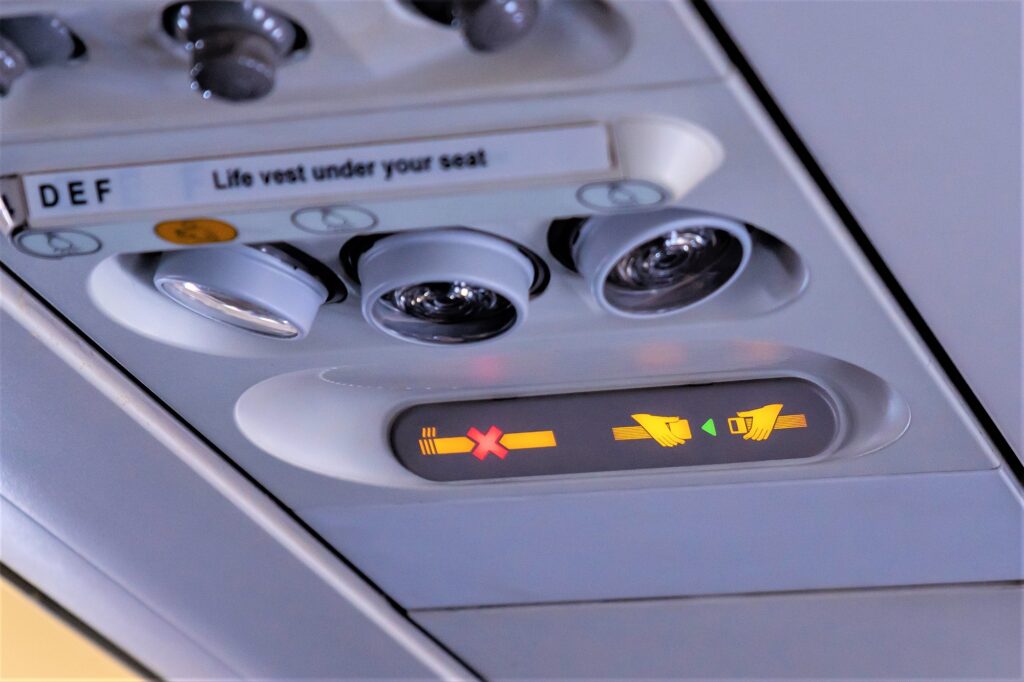
The three most turbulent flight routes of 2022
- Almaty (ALA) – Bishkek (FRU)
The flight between Kazakhstan’s largest city Almaty (ALA) and Bishkek (FRU) in Kyrgyzstan was identified as the third most turbulent passenger route in 2022.
Regularly served by the country’s flag carrier Air Astana, the ALA-FRU route covers the shortest distance in this list of the shakiest flights.
According to Flightradar24.com data, it usually takes up to 30 minutes for travelers to reach their destination, which is approximately 210 kilometers (130 miles) away from the airport of departure.
Even though the journey is short, those 30 minutes can be a little stressful for people onboard since the route’s turbulence level is rated at 17.01 EDR.
- Tokoname (NGO) – Natori (SDJ)
The Tokoname (NGO) – Natori (SDJ) service is yet another Japanese route considered to be one of the wobbliest of 2022. Air pockets causing a 17.07 EDR were a common occurrence for passengers traveling the 517 kilometers (321 miles) distance between the two cities.
- Santiago (SCL) – Santa Cruz (VVI)
According to turbli’s 2022 ranking, sudden and unexpected plane movements were most frequently observed on an international direct flight between Santiago (SCL) in Chile and Santa Cruz (VVI) in Bolivia.
Operated by the Santiago-based air carrier LATAM, the two-hour flight was rated at 17.29 EDR.
| Position | Route | Distance (km) | Avr. turbulence (EDR) |
| 3. | Almaty (ALA) – Bishkek (FRU) | 210 | 17.01 |
| 2. | Tokoname (NGO) – Natori (SDJ) | 517 | 17.07 |
| 1. | Santiago (SCL) – Santa Cruz (VVI) | 1,905 | 17.29 |
However, while the flight route is considered the bumpiest in the world, passengers will still only experience light turbulence on board.
Fasten your seatbelt!
Regardless of the intensity of the experience, turbulence is more of an inconvenience rather than a threat to safety, especially when passengers follow instruction given by the flight crew.
So, don’t forget to fasten your seat belt when you fly in 2023.

